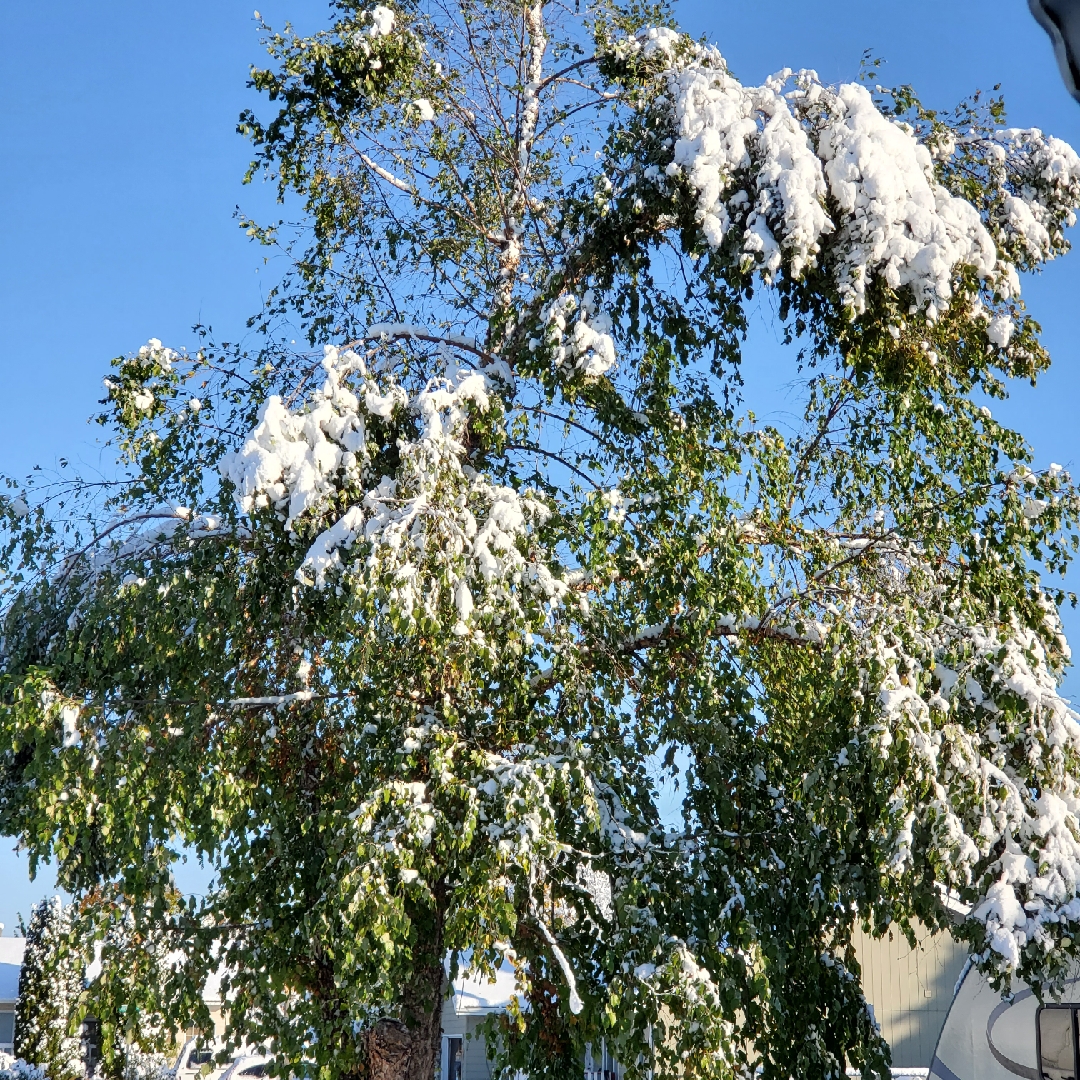
Betula ermanii 'Grayswood Hill'
Erman's birch
Betula - birch - can be deciduous trees or shrubs, usually with good Autumn colour. and often with coloured bark that peels. Birch bears male and female catkins in Spring, either before the leaves emerge, or at the same time. 'Grayswood Hill' has dark green leaves which turn attractive shades of yellow in autumn. This tree is well respected for its attractive white bark. It sports yellow-brown male catkins which are produced in late winter/early spring. It can cope with most soils and exposed positions. The white bark, develops fully when the tree is around 8 years old.
-
Full sun to partial shade
-
Very little water
-
Full Frost Hardy: 5F (-15°C)
-
Moist and free draining
Common name
Erman's birch
Latin name
Betula ermanii 'Grayswood Hill'
type
Deciduous trees or shrubs
family
Betulaceae
ph
5.0 - 7.5 Acid - Neutral
Plant & bloom calendar
-
Best time to plant
full grown dimensions
 12.00 M
20.00 M
12.00 M
20.00 M
Betula ermanii 'Grayswood Hill'
Betula - birch - can be deciduous trees or shrubs, usually with good Autumn colour. and often with coloured bark that peels. Birch bears male and female catkins in Spring, either before the leaves emerge, or at the same time. 'Grayswood Hill' has dark green leaves which turn attractive shades of yellow in autumn. This tree is well respected for its attractive white bark. It sports yellow-brown male catkins which are produced in late winter/early spring. It can cope with most soils and exposed positions. The white bark, develops fully when the tree is around 8 years old.
Planting
From Late Autumn TO Early Spring
Planting is best done between late autumn and early spring. Avoid planting in waterlogged (water sitting on the soil surface or pooled in the bottom of the hole) or frozen (too hard to get the spade in) soil. Container-grown plants can be planted any time of the year, but are easier to care for if planted in autumn or winter, as they need less watering than ones planted in spring or summer. Bare-root and rootballed trees and shrubs are only available in autumn and winter. They should be planted immediately, but if this is not possible, then they can be heeled in (temporary planting in the soil to prevent the roots drying out) until planting is possible. Dig a planting hole that is no deeper than the roots, but is ideally at least three times the diameter of the root system. If the sides of the planting hole are compacted, break the soil up with a fork before planting. Soak bare-rooted trees or shrubs for about 30 minutes prior to planting. And give containerised plants a good water before taking them out of their pots. Place the tree or shrub in the planting hole and position it so that the first flare of roots are level with the soil surface when planting is complete. With container grown plants, the top layers of compost may need to be scraped away to reveal the flare of roots. Deep planting prevents essential air movement to the root system and makes the lower trunk vulnerable to disease - this can lead to poor establishment. Refill the planting hole carefully, placing soil between and around all the roots to eliminate air pockets.
Planting
From Late Autumn TO Early Spring
Planting is best done between late autumn and early spring. Avoid planting in waterlogged (water sitting on the soil surface or pooled in the bottom of the hole) or frozen (too hard to get the spade in) soil. Container-grown plants can be planted any time of the year, but are easier to care for if planted in autumn or winter, as they need less watering than ones planted in spring or summer. Bare-root and rootballed trees and shrubs are only available in autumn and winter. They should be planted immediately, but if this is not possible, then they can be heeled in (temporary planting in the soil to prevent the roots drying out) until planting is possible. Dig a planting hole that is no deeper than the roots, but is ideally at least three times the diameter of the root system. If the sides of the planting hole are compacted, break the soil up with a fork before planting. Soak bare-rooted trees or shrubs for about 30 minutes prior to planting. And give containerised plants a good water before taking them out of their pots. Place the tree or shrub in the planting hole and position it so that the first flare of roots are level with the soil surface when planting is complete. With container grown plants, the top layers of compost may need to be scraped away to reveal the flare of roots. Deep planting prevents essential air movement to the root system and makes the lower trunk vulnerable to disease - this can lead to poor establishment. Refill the planting hole carefully, placing soil between and around all the roots to eliminate air pockets.








